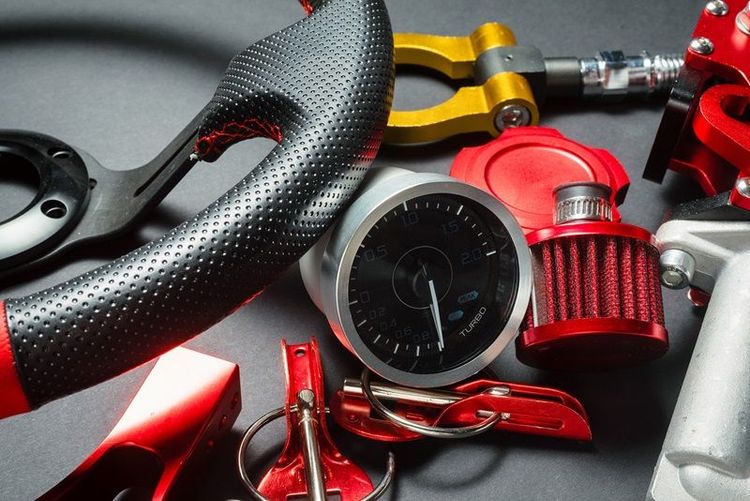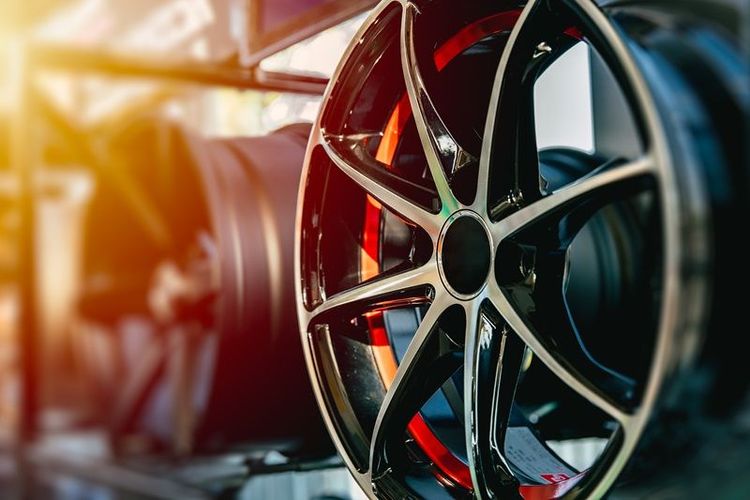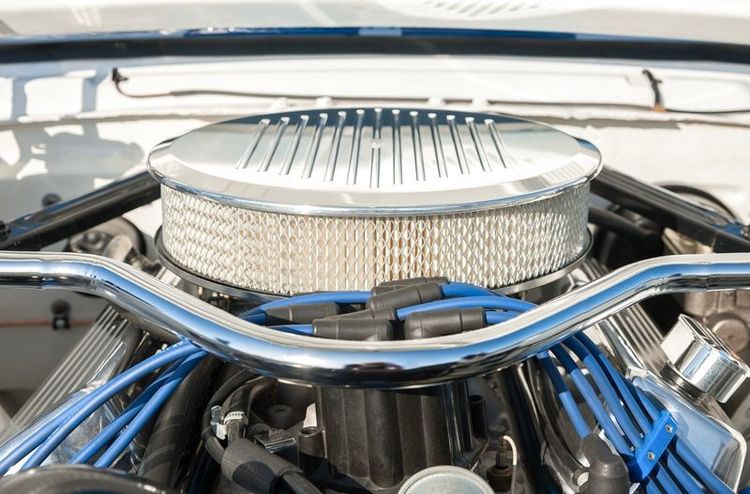The utilisation of steel grades remains pivotal within the automotive domain, with its adaptability for diverse shaping techniques making it a pragmatic, cost-efficient, and long-lasting material. The automotive industry relies on several steel types: stainless steel, high-strength steel, high carbon steel, low-carbon, and galvanised steel. Steel manufacturing facilities employ stringent quality control measures to ensure that the produced steel meets industry standards. Steel manufacturing demands meticulous attention to detail, as variations in alloying elements and treatment processes significantly impact the steel's strength, ductility, and other mechanical properties.
How much steel is used in a vehicle?
In the automotive industry, the quantity of steel in a car body varies notably. Steel manufacturing demands meticulous attention to detail, as variations in alloying elements and treatment processes significantly impact the steel's strength, ductility, and other mechanical properties.
On average, in the automotive industry, a mid-size car incorporates approximately 900 to 1,400 kilograms (1 to 1.4 metric tons) of steel. This range applies across vehicle types: compact cars typically weigh 900 to 1,000 kilograms, and mid-size sedans hover between 1,000 and 1,200 kilograms. In comparison, larger SUVs and trucks encompass 1,200 to 1,400 kilograms or more due to their increased dimensions and potentially sturdier construction.
According to the International Organisation of Motor Vehicle Manufacturers, 54,56,857 vehicles were produced in India in 2022, out of which 10,17,818 were commercial vehicles (large, heavy-duty vehicles), while the remaining 4439039 were cars.
Steel selection for high-performance vehicles


Powertrain and engine: Around 15% to 25% of the steel is used in the powertrain and engine components. This includes the engine block, transmission, drive shafts, and other parts.
Suspension and wheels: Approximately 5% to 10% of the steel goes into the suspension system, axles, and wheel components.
Interior and miscellaneous: The remaining percentage, about 5% to 10%, is distributed across various other components, including internal structures, fasteners, and smaller mechanical parts in the automotive industry.
What determines the selection of steel used in automotive?
The selection of steel used in the automotive industry involves careful consideration of various factors, each playing a crucial role in determining the most suitable steel for specific applications within a vehicle. Some of the primary determinants include:
Strength and durability:
Steel's strength and durability are paramount in ensuring vehicles' structural integrity and safety. The steel used must withstand various forces encountered on the road, including collisions, vibrations, and weight-bearing requirements. For example, AHSS offers exceptional strength-to-weight ratios, ensuring these parts withstand high-impact forces during collisions. For instance, in crash tests, vehicles built with Advanced High-Strength Steel (AHSS) exhibit superior structural integrity, protecting occupants due to the steel's ability to absorb and dissipate energy effectively.
Weight reduction:
Efficiency in automotive design often revolves around reducing weight without compromising strength. High-strength steel allows for lighter vehicle structures while maintaining robustness, contributing to better fuel efficiency and enhanced performance.
Cost-effectiveness:
Balancing cost considerations without compromising quality is crucial. Automotive manufacturers seek steel options that offer the desired characteristics at an optimal price point, ensuring competitiveness in the market. For instance, using specific low-carbon steel variants in non-critical chassis components helps maintain affordability without compromising safety or reliability.
Formability and processability:
The formability of steel determines its suitability for various manufacturing processes like stamping, welding, and shaping into intricate vehicle parts. Steel that is easily formable aids in the production of complex automotive components.
Application-specific requirements:
Different parts of a vehicle demand varying characteristics from the steel used. For example, the steel required for body panels might differ from that used in the frame or suspension components. Specific properties such as ductility, stiffness, and corrosion resistance are crucial in determining the appropriate steel for each application.

Types of steel used in the automotive industry
High-Strength Low-Alloy (HSLA) Steel: HSLA steel, having a yield strength of 250–600 MPa, is a common choice for vehicle frames due to its balance of strength, formability, and cost-effectiveness. They have carbon under 0.2%, like mild steel. It offers improved strength compared to conventional mild steel while maintaining good weldability and formability, making it suitable for frame construction. They are ideal for smaller components like clutch housings, suspension parts, brackets, and decorative elements such as wheel rims, covers, screws, and bolts, contributing to vehicle structure and stability.
AHSS: This steel encompasses various types, including dual-phase, transformation-induced plasticity (TRIP), and complex-phase steels. These steels offer significantly higher strength than traditional steel grades while remaining lightweight. They are known for their formability and crash behaviour and are often used in critical vehicle frame areas to enhance structural integrity and safety. They suit lightweight vehicle components like bodies, frames, doors, and bumpers.
Ultra-High-Strength Steel (UHSS): UHSS is another type of steel employed in vehicle frames for its exceptional strength. It provides maximum rigidity and impact resistance, making it suitable for reinforcing specific frame sections requiring superior strength.
Galvanised steel: Galvanised steel, cheaper than stainless steel and more efficient than aluminium, has become a standard choice in vehicle manufacturing. Coated with a zinc layer, it covers up to 80% of vehicles, offering durability, self-healing properties, and a prolonged lifespan. This cost-effective alternative, replacing pricier steel grades, ensures long-term protection for various vehicle parts.

Steel products in the automotive industry are significant due to several advantages they offer. Firstly, steel structures’ inherent strength and durability ensure the integrity and safety of vehicles, crucial for withstanding various forces encountered on the road, including collisions and vibrations. Additionally, steel products’ versatility allows for intricate shaping and forming, enabling the fabrication of complex vehicle components while maintaining cost-effectiveness. Its ability to be tailored with different alloys and treatments provides a spectrum of strength options, from high-strength to ultra-high-strength steel structures, offering a balance between weight reduction and structural robustness.
Buy online
Mild SteelStainless SteelStructural SteelTMTCementJSW One MSME
About usBlogsSitemapJSW One TMTPolicy
Terms & conditionsPrivacy policyReturn policyBanking partner


 +91 7208055523
+91 7208055523
 Help & support
Help & support
